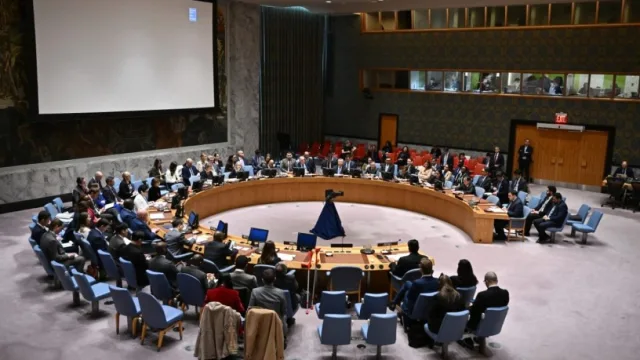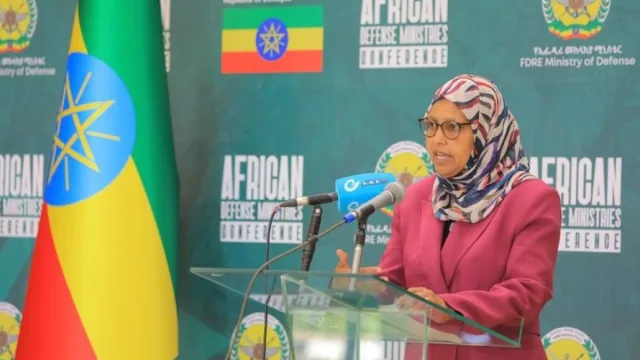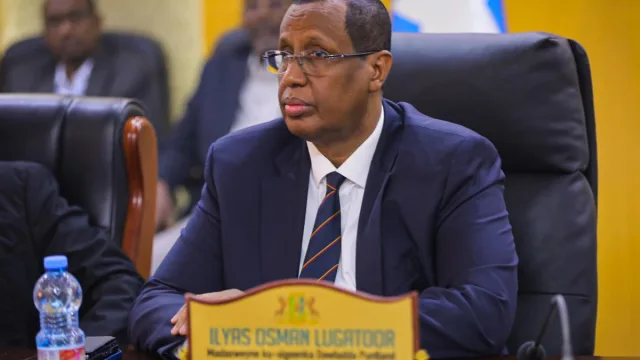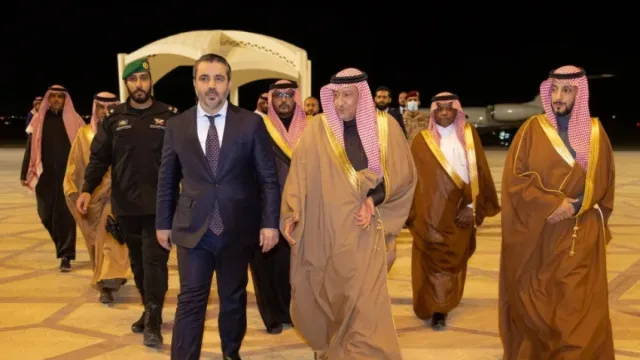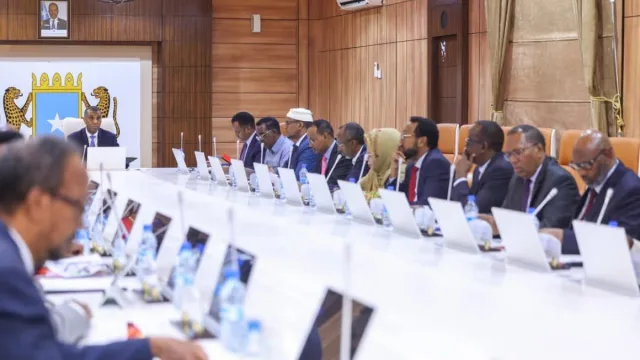The anticipated withdrawal of the African Union Transition Mission in Somalia (ATMIS) and the handover of…
The anticipated withdrawal of the African Union Transition Mission in Somalia (ATMIS) and the handover of its security responsibilities to the Somalia Security Force (SSF), scheduled for December 31, 2024, have prompted concerns and discussions within policy circles in the African Union, the United States, and other countries contributing troops. ATMIS’s orderly withdrawal, along with SSF’s ability to assume full security responsibilities is necessary to stabilize Somalia. Otherwise, a troubled transition will have repercussions for the security of not only Somalia but the entire Horn of Africa. A Taliban-esque government could form in Somalia, which would challenge the territorial integrity of neighboring states that host Somali inhabitants.
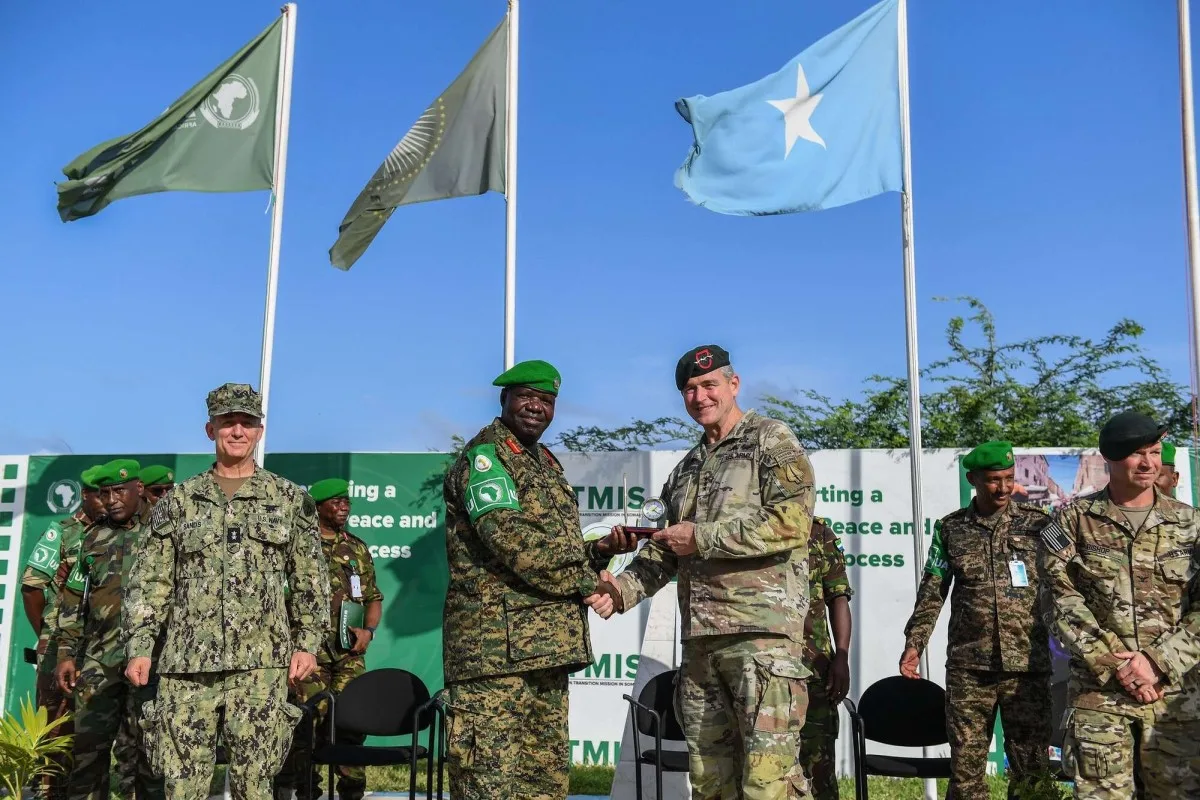
Introduction
Since the collapse of the Siad Barre regime in 1991, Somalia has struggled to return to an effectively functioning central government. Deep social divisions disrupted social cohesion and caused a civil war. This dire situation eventually led to state failure and lawlessness with warlords fighting for power since the early 1990s.
To address the humanitarian and security conundrum bedeviling Somalian society, international, non-state, and regional actors assisted. In November 1992, the United States authorized military intervention in Somalia to provide economic aid, rehabilitate communities, and repatriate internally displaced persons. The United Nations Operation in Somalia (UNOSOM 1 and 2) was also deployed to Somalia between 1992 and 1995. However, violence from clan groups incurred UN casualties, forcing it to withdraw the deployed troops and accept failure in the stabilization effort. Thus, the US strategic vision to “support the reconstruction and rehabilitation of Somalia” became impossible.
The withdrawal of this stabilizing force left the country vulnerable to increased clan warfare. Alongside the clan-based warlords, movements emerged and coalesced around Islamic Courts. In 2000, the League of Sharia Courts, often known as the Union of Islamic Courts (UIC), was created. This union won over warlords in different pockets of southern Somalia. In response to the rising threat of the UIC to Ethiopian national security, Addis Ababa deployed its troops in Somalia in December 2006 to thwart “a clear and imminent danger.” Such military intervention helped the fledgling Transitional Federal Government establish control of Mogadishu in 2007 by degrading the capabilities and capacity of the UIC.
Notwithstanding the collective and unilateral attempts at stabilization over recent decades, al-Shabaab, the breakaway military wing of UIC, has since caused security concerns not just for Somalia, but for the region as a whole. Given that the security transition may not go as planned, a Taliban-esque government could form.
AMISOM and the Subsequent Reconfiguration into ATMIS
On 20 February 2007, the United Nations Security Council (UNSC) adopted Resolution 1744 (2007), authorizing the African Union Mission in Somalia (AMISOM). Shortly after, the United Nations deployed AMISOM to Somalia from 2007 to 2022, authorized to stabilize Somalian security, protect the federal institutions, facilitate humanitarian relief operations, and assist the Somali Security Force. AMISOM adopted a unique model in which the United Nations Support Office for Somalia (UNSOS), the European Union Peace Facility, and the African Union (AU) engaged in multilateral cooperation. AMISOM secured logistical and financial assistance as well as troops from all three organizations. Six countries–Burundi, Djibouti, Ethiopia, Kenya, Sierra Leone, and Uganda–also contributed troops to the peacekeeping effort. Nevertheless, the peacekeeping and counterinsurgency effort encountered logistical and personnel constraints as well as a mounting threat posed by the Al-Shabaab insurgency. Al-Shabaab, a militant organization, deployed a hybrid strategy that hindered the efficacy of AMISOM and SSF’s combined counterinsurgency.
On April 1, 2022, UNSC Resolutions 2628 (2022) and 2670 (2022) authorized the African Union Transition Mission in Somalia (ATMIS) to replace AMISOM, which had operated for fifteen years. AMISOM was designed to address a direct military threat originating from Al-Shabaab. However, this circumstance has changed due to the transformation of the modus operandi of the Islamic militant. Reconfiguring AMISOM was necessary because “Al Shabaab [had] evolved from being primarily a military threat to a more asymmetric and hybrid one, using insurgency tactics of a terrorist-cum-organized criminal group.” In addressing this changing security circumstance, unlike AMISOM, ATMIS was designed to be “a mobile, agile force capable of rapid deployment,” designed as a “quick-reactions force with enabling capacities.” In its 1068th meeting, the African Union Peace and Security Council (AUPSC) authorized ATMIS to neutralize Al-Shabaab and its affiliated groups. ATMIS also aims to provide security, support the peace process, and support the capacity of local and federal security institutions.
Unfortunately, ATMIS has encountered challenges, hindering its ability to achieve its mandate. First, international partners such as the European Union, United Kingdom, the United States, and the United Nations have not consistently provided sufficient financial resources “due to funding shortfalls and delay” and equipment to ATMIS. The 1094th AUPSC meeting communiqué identified the imperative to “enhance governance and the provision of public goods and services to local communities” to address the security challenges facing Somalia. Yet the under-funded ATMIS struggled to achieve these stated goals.
Now, ATMIS withdrawal is imminent and the Somali Security Forces (SSF) is newly tasked with maintaining law and order. The SSF will assume the security roles after the full drawdown of ATMIS.
Implications
The ATMIS withdrawal will likely have serious consequences for the regional security dynamics of the Horn of Africa, the extent of which depends on the nature of the withdrawal and the capability of SSF to take over the constitutional mandate. A troubled ATMIS withdrawal is imminent due to a lack of predictable funds, funders’ exhaustion, and the precarious situation of AU contributing countries’ troops.
Successfully implementing the Somali Transition Plan requires the stability of the Mogadishu government, consensus among the local elites on Somalia’s political system, particularly regarding the “one person, one vote” system, and as a mutually accepted national constitution. Al-Shabaab can challenge the government due to its agility and the international community’s increasing frustration. Al-Shabaab sympathizers (both within the government and among the Somali elites) remain the source of its strength. The entrenched clan politics, fledgling Somali army, leadership problems, and doctrinal differences among the backers of Mogadishu government fuel the insurgency. These factors, coupled with an increasing risk of terror attacks and “the Somali government’s doubt in its army’s ability to provide stability,” increase the likelihood of al-Shabaab assuming power and forming a Taliban-style government. Al-Shabaab has so far succeeded in administering a large swath of territories. It currently performs tax collection, judicial services, and establishes local administrations often known as Wilaayaats that helps the insurgent group to secure local legitimacy.
Should Mogadishu’s capacity to stem radicalization continue to degrade, al-Shabaab plans to win over the Federal Government and declare an Islamic State, mirroring the Taliban. However, unlike the Taliban government in Afghanistan, al-Shabaab has demonstrated its commitment to reuniting territories inhabited by Somali people in the neighboring states of Kenya, Ethiopia, and Djibouti. Frontline states will not overlook this neo-Great Somalia ideology of “expanding the Caliphate” in surrounding regions inhabited by Somali people. They would likely intervene overtly and covertly to address their security concerns. This situation could return the region to the 1970s and 80s, in which states intervened in enemy states by proxy, sponsoring dissidents hostile to the enemy authority.
The lack of an orderly ATMIS withdrawal and the inability of SSF to fully assume security responsibilities could have security implications that move beyond the region. Emerging sources attest that al-Shabaab has built ties with Islamic militant groups in Mozambique and Nigeria. These terrorist groups will likely be emboldened and incentivized to bolster their activities if al-Shabaab declares a caliphate in Somalia. Therefore, instability in Somalia due to al-Shabaab could disrupt countries across Africa.
Conclusion
Because of the regional instability that could ensue following ATMIS’ withdrawal from Somalia, the following measures are necessary. First, the United Nations must provide further technical training and logistical field support to the SSF to deal with al-Shabaab’s mounting insurgency threats. Additional engineering and aviation support, deployment of Rapid Forces (a highly mobile and agile force), and the enlistment of many Somali soldiers per the Somali Transition Plan (STP) could also improve Somalia’s post-ATMIS prospects. Second, the international community must effectively address doctrinal and leadership differences of the Somali military force to help Somalia move toward sustainable peace and security in the wake of the handoff. Identifying and working with the moderate wings of al-Shabaab would help reduce the insurgency’s coherence as well as resilience vis-à-vis the fledgling Mogadishu government.
Ideally, the SSF would execute its security responsibilities by degrading the capabilities and capacities of al-Shabaab and affiliated terrorist links. Consequently, SSF would manage the domestic security situation with continued support from external partners and without facing significant threats from al-Shabaab. A successful handoff between ATMIS and SSF would strengthen regional security dynamics. This can contain the al-Shabaab threat within Somalia, reducing its capacity to inflict damage on the frontline states–particularly in Ethiopia, Kenya, and Djibouti–by addressing the need for the physical presence of troops in Somalia. Above all, an orderly ATMIS withdrawal would stabilize Somalia.
. . .
Henok Getachew (PhD) is a Senior Researcher of African Affairs at the Institute of Foreign Affairs. Henok previously served as an Assistant Professor of Diplomacy and International Relations at Civil Service University.
